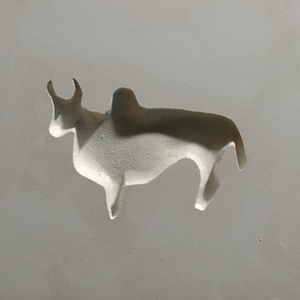Poem and palace
Poetic building and architectural composition in some of Le Corbusier’s works
DOI:
https://doi.org/10.35305/23626097v5i8.105Keywords:
Le Corbusier, poetic/architectural composition, Chandigarh, symbolismAbstract
This article seeks to read in parallel two of Le Corbusier’s works: Poéme de l'Angle Droit, a poetic and figurative work, and, Palace of the Governor in Chandigarh, an architectural project which was not carried out. The latter shows a series of specific compositional analogies.
Beyond the coincidences and even formal similarities, both works seem to highlight the same poetic strategy: the cryptic and iconic poetics which also characterizes the paintings of Le Corbusier after World War II; it has to do with a personal symbolic iconography. Thus, the machine à habiter of his architecture becomes a symbolic machine, i.e., although it is intended to be a functional device consistent with geographic and climatic data as well as a technical-constructive approach, its ultimate aim is to relate forms, shapes and meanings in order to translate the expression of a poetic thinking into the interpretation of community values.
Downloads
Metrics

Published
How to Cite
Issue
Section
License
Open access policy
A&P Continuidad is a non-profit and open access publication. According to Mexico Declaration on Cultural Policies, the journal distribution is submitted to Creative Commons Attribution-Noncommercial-ShareAlike 4.0 International Public License (CC BY-NC-SA). “Neither the commercial use of the original work nor that of the possible derivative works are allowed. The distribution of derivative works should be submitted to the license regulating the original work. This license is not free.”
A&P Continuidad authorizes the partial or full reproduction of texts and graphs provided that the source is cited. Authors are exclusively responsible for the criteria expressed in the articles which do not necessarily reflect the opinion of the Editorial Committee or that of the Direction Board. The copyright of the published articles pertains to their authors or publishers.
Transfer of rights
The acceptance of an article to be published implies the author’s transfer of rights to the journal. Authors continue to have the right to use the material in future books or publications, approve or veto the republication of their works as well as the rights related to patents or other rights. Transfer of rights form may be downloaded here.























 This OJS site and its metadata are under a
This OJS site and its metadata are under a 

